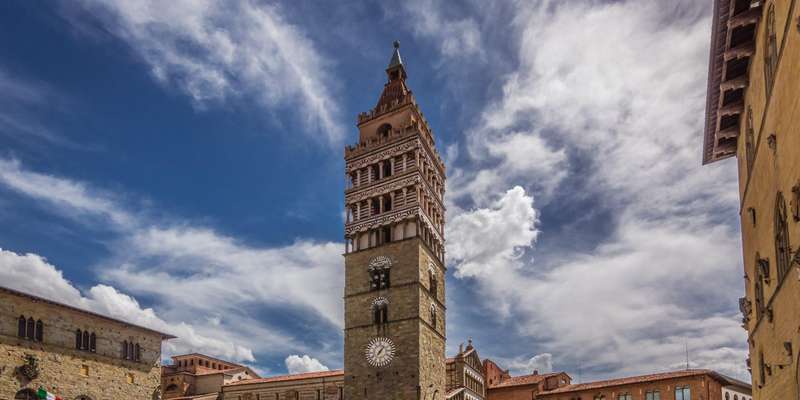- Home
- Useful Tips
- Pistoia's olive oil producers...
Discovering authentic olive oil in Pistoia proves challenging for many travelers. With over 200 producers in Tuscany alone, visitors often waste precious vacation time visiting commercialized mills that prioritize quantity over quality. The frustration mounts when you realize many 'local tasting experiences' are designed for tourist groups, leaving you with generic oils and no real connection to the land. Worse yet, 68% of food-focused travelers report feeling duped by inauthentic agricultural experiences according to a 2023 culinary tourism report. This disconnect matters because true extra virgin olive oil tells the story of Pistoia's terroir – the specific soil, climate, and family traditions that make these liquid gold drops unique. Without local guidance, you might miss the small-batch producers whose generations-old techniques create oils with distinctive peppery finishes and artichoke notes.


Identifying authentic Pistoia olive oil farms
The first challenge lies in distinguishing genuine artisan producers from tourist traps. Authentic Pistoia mills typically operate on smaller estates, often family-run for generations. Look for the 'Frantoio' sign – the traditional stone mill – rather than flashy visitor centers. These producers usually press oil between October and December, so visiting during harvest season increases chances of seeing the actual production process. Many authentic farms won't have elaborate websites, but rather maintain relationships with local restaurants and specialty food shops. A key indicator of quality is the DOP Toscano certification, though some exceptional small producers choose not to bear the cost of official designation. The oil's acidity level (under 0.8% for extra virgin) and harvest date should be clearly displayed – if not, proceed with caution.
Planning your tasting route through Pistoia's oil country
Mapping an efficient tasting route requires understanding Pistoia's micro-terroirs. The hills around Pescia yield oils with bold, peppery notes, while the Montalbano area produces smoother varieties with almond undertones. Cluster visits by subregion to appreciate these differences without excessive driving. Most working farms welcome visitors by appointment only – a policy that ensures personalized attention but demands advance planning. Morning visits are ideal when your palate is freshest, allowing you to properly detect the oil's fruitiness and pungency. Keep in mind that serious tastings involve sampling oils plain on warm bread, not drizzled over prepared dishes. Locals recommend limiting yourself to three quality tastings per day to avoid palate fatigue and fully appreciate each producer's unique characteristics.
Decoding Pistoia's olive oil tasting etiquette
Understanding local tasting customs enhances your experience and shows respect for the producers. Unlike wine tastings where spitting is expected, swallowing the oil is essential to perceive its distinctive throat burn – a sign of fresh, high-polyphenol oil. Hold the tasting cup in your hands to warm the oil slightly, then inhale deeply before sipping. Producers appreciate when visitors can articulate what they're tasting – terms like 'grassy', 'artichoke', or 'tomato leaf' carry more weight than generic praise. It's customary to purchase at least one bottle after a tasting, though never feel pressured to buy large quantities. Many small farms offer 100ml sampler bottles perfect for travelers. Remember that true extra virgin olive oil should never be stored near heat or light – a consideration if you're purchasing oil to bring home.
Extending your olive oil experience in Pistoia
Complement your farm visits with Pistoia's oil-centric culinary experiences. The town's weekly market (Wednesdays and Saturdays) features stalls selling fresh bread specifically for oil tasting – look for unsalted 'pane sciocco'. Several local trattorias offer 'olio saggio' menus where you can drizzle different oils over traditional dishes like ribollita or pappa al pomodoro. For deeper immersion, time your visit with November's 'Frantoi Aperti' event when mills host special public tastings and demonstrations. Those wanting hands-on experience can book workshops at select farms to learn oil evaluation techniques or traditional preservation methods. Accommodations near Quarrata or Lamporecchio put you in the heart of oil country, with many agriturismi featuring estate oils at breakfast – the perfect way to start your tasting day.
